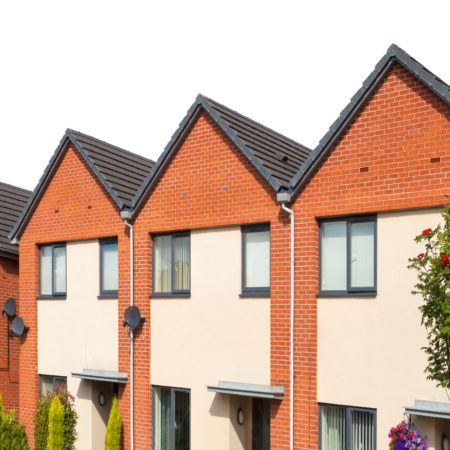The Main Barriers to Social Housing Retrofit
Zero carbon retrofit of social housing stock is an essential component of the UK’s drive to become a net zero carbon economy by 2050. It’s a huge programme with many unknown elements.
But there are also many features and requirements that are known. We can start preparing for these right now. Here’s a quick summary of the most important potential barriers.
The most obvious issue is funding. Retrofit will need a huge investment and it’s not clear where this will come from. Even so, by addressing some of the following issues social housing providers will be better able to quantify the cost and make evidence-based applications for grants and investment.
Knowledge of Retrofit Practicalities and Implications
Retrofit at scale is uncharted territory and we are all learning. However, there’s a lot of expertise and knowledge gained through smaller scale whole home retrofits. Osborne and our partners are happy to share what we know and you can find plenty of helpful information in our resource centre.
Stock Condition Data
Stock condition data is often incomplete, and even where it’s up to date it‘s focused on identifying when major maintenance items like window or boiler replacements are due.
Surveys of stock condition, carried out with a view to establishing archetypes for retrofit actions, are needed before any detailed planning and budgeting can take place.
Organising Workstreams
All social landlords have contracts or frameworks in place for repairs, maintenance, voids and safety compliance. Sometimes the arrangements are complex and involve many organisations. This makes it complicated to manage data and hard to integrate workstreams to minimise disruption and improve efficiency.
Retrofit adds a further layer of complexity. A review and rationalisation of contracts, procurement and data management could help to prepare the way for better integration.
Skills
The skilled workforce needed to implement retrofit programmes doesn’t exist. Looked at a different way this presents an enormous opportunity to deliver local employment and social value.
Aligning With Residents’ Priorities
Most residents would welcome the prospect of a warmer home and substantially lower fuel bills. But if they don’t yet know much about the benefits of net zero carbon retrofit they might be more interested in when they’ll get a new kitchen or bathroom.
One benefit of combining work streams is that homes can get a comprehensive makeover so that residents get a package of benefits in return for what can be substantial disruption. Either way, resident engagement is a major task.
Supply Chains
New and potentially complex supply chains will have to be established specifically for retrofit programmes. Planning will need to start soon to ensure that these deliver the required levels of quality, reliability, environmental stewardship and social value.
Retrofit at scale is a complex but deliverable task. It will proceed more smoothly if the likely barriers are identified and planned for right now.
For more ideas about how to approach zero carbon retrofit at scale visit our resource centre or contact Nick Davidge ([email protected]).

